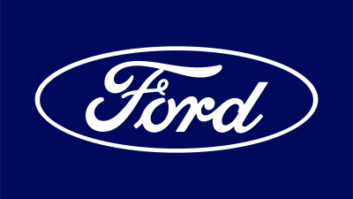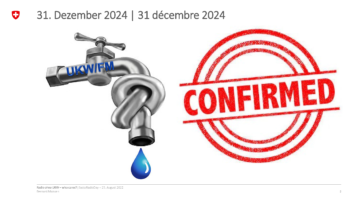Digital alternatives
Jan 1, 2005 12:00 PM, Chriss Scherer, editor
Do you think that Ibiquity’s HD Radio is the only digital transmission system in development? Think again.
While Ibiquity has the biggest presence, there are other players.

Digital Radio Mondiale (DRM) is a system being deployed internationally on frequencies below 30MHz. Similar to the Ibiquity system in some ways, the DRM Consortium is considering expanding its use up to 120MHz. This decision will be discussed during the group’s next general meeting in March. The change would allow the DRM technology to be used in the FM band.
Leonard Kahn has been touting his Cam-D system for some time. While the theoretical system has been promoted, empirical results have yet to be shown. The system is designed for use only on AM.
There is now a third system that has appeared. Digital Radio Express (DRE) has been quietly developing a system since it licensed its technology patents to Ibiquity in 1999. While DRM and Kahn use the baseband spectrum to transmit a digital signal, DRE is moving above the baseband and into the subcarrier region. By using the subcarrier region of an FM station, a data stream up to 160kb/s can be transmitted. According to DRE, this subcarrier does not create any interference to the baseband signal, whether it is analog or IBOC.
My first reaction was to note that subcarriers are typically not the most robust signals, particularly with multipath. DRE states that this is has been overcome. I’ll have to wait for a live demonstration to see for myself.
The system, called FM Extra, uses AAC Plus to encode the audio. DRE also has a partnership with ST Microelectronics to build the chipset, and Rikei to manufacture the receivers.
Does all this subcarrier talk sound familiar? You might remember the test conducted at WCRB in 1995 that placed a digital stream on a wideband subcarrier. The DRE system appears to be a similar approach. The main differences are the modulation technique and the coding algorithm.
This immediately made me wonder why a technology that began development nearly 10 years ago would resurface. After reviewing the history, I learned that the WCRB project, which was in partnership with Lockheed, was terminated for two main reasons. First, there were changes at Lockheed, and in the end there was no project champion to continue the push. The other is that in the early days of digital radio development, the desire to implement a single standard for AM and FM was strong. A digital subcarrier only applies to FM.
Times and technology change. While a single standard for both services may still be desirable in some ways, we are more accepting of the best technology for a given application.
This work has been a well-guarded secret. My first step was to visit the website of DRE to learn more, but the website provides little practical information. The material presented is vague, with general claims about the costs and benefits of the system. When I called the company to learn more I was given the same general information. Some specifics need to be revealed soon for the system to show any promise of being accepted. One item that was revealed is that some on-air tests have been conducted in Los Angeles, San Francisco and Minnesota. DRE expects to make several announcements during the first quarter of this year.
While the transition to IBOC could take several years and cost stations thousands of dollars to implement, DRE notes that its system could be implemented today. In most cases, a station will not have to make any changes to its transmission system. While this may be true, consumers will still have to purchase a new receiver, assuming DRE can even make them available. The system also ignores AM altogether, but it could be argued that another system � DRM, for example � could be used for that spectrum.
While a single digital transmission standard has not yet been adopted by the FCC, the industry has already begun moving to IBOC. Regardless of any advances or innovations that DRE may have made, they may be too late to change the path currently underway.
Send comments to: E-mail:[email protected]
Fax:913-967-1905












